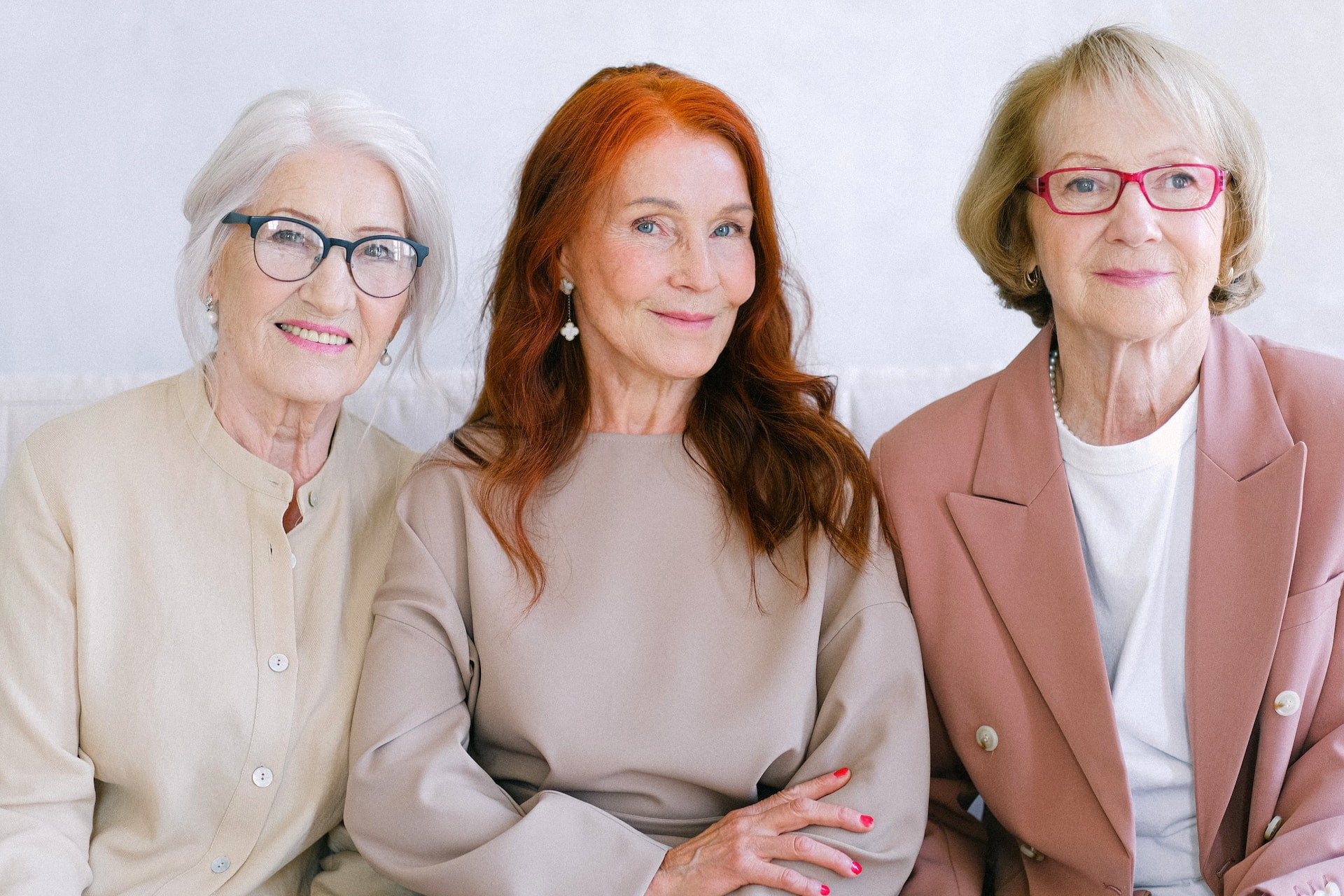
The Need for a Better Hair Regime to Deal With Aging Hair
If you are getting older, either you already have, or you will notice changes to your hair. Your body ages and changes and hair is no exception. It is important to understand that as you age, your hair goes through various changes as a result of changes in your body. Hair loss, thinning, and graying are common hair issues that you may face as you age. Whatever the change, know that they require special attention. If you want your hair to look better (or great!!) you’re going to need to take some action steps. Understand that with the right hair care routine, you can maintain healthy and youthful-looking hair and address hair changes after 60.
In this blog post, we will explore the various transformations that occur in your hair after the age of 60. We will delve into the direct causes behind these changes. Next, we will provide you with ways to overcome these issues. This will help you to take better care of your hair and create and maintain new hair. This will help you to be able to create vibrant, thick, and luscious locks that make you look and feel amazing.
Overview – Dealing With Your Hair as You Age

In this section, we will discuss the natural transformations that take place as your hair changes as you age. We’ll cover aspects such as thinning, brittleness, dryness, loss of volume, graying, and changes in texture. We will also discuss ways to overcome or offset what is causing your hair to change. By understanding these changes, you’ll gain insights into the specific issues that need to be addressed to revitalize your hair and stop your hair from aging.
Part 1 – The Aging Affect – Hair Changes after 60:
As you age, your hair is affected by a series of natural transformations that occur in your body. These changes can cause hair to alter its appearance and overall health as your hair ages. Signs of aging hair can include graying, thinning, and dryness.
As a quick summary, gray hair occurs when the hair follicles stop producing melanin, the pigment that gives hair its color. Thinning hair can be caused by a variety of factors, including genetics, hormonal changes, and environmental damage. Dryness can occur as a result of decreased oil production in the scalp. These changes can damage your hair and affect your hair density.
The aging process is influenced by genetics, lifestyle factors, and environmental factors. As you age, your body produces less of certain hormones, including estrogen and testosterone. This can affect your hair growth and its thickness. Additionally, your hair follicles may shrink. This can lead to thinner hair.
Texture Changes to Your Hair
Understanding these changes and that hair has a normal life is essential to developing an effective plan to revitalize your hair. Let’s explore the key transformations that take place:
Thinning:

One of the most common changes that occur with aging hair is thinning. Your hair follicles may gradually shrink over time. As your hair follicles start to age, it will lead to finer and sparser strands of hair. Additionally, hormonal changes, such as a decrease in estrogen and testosterone, can contribute to the thinning process. Understanding the underlying causes of thinning hair is crucial to addressing this issue and taking appropriate steps.
Brittleness:
Aging causes your hair to become more brittle and prone to breakage. This is often caused by a decrease in natural oils and proteins. This decrease in oils and proteins results in reduced moisture retention and flexibility. Exposure to environmental factors like sun exposure, heat styling, and chemical treatments can exacerbate brittleness.
Dryness:
With age, the scalp’s oil production decreases, leading to drier hair. Dry hair is more susceptible to damage, frizz, and lack of shine. Additionally, the natural aging process can impair the hair’s ability to retain moisture, making it more prone to dryness and dullness.
Loss of Volume:
Loss of volume is another common concern as we age. Hair strands may become finer, and the overall density may decrease due to factors such as hormonal changes, decreased blood flow to the scalp, and reduced hair follicle activity. As a result, hair may appear flat and lacking in body and fullness.
Graying:
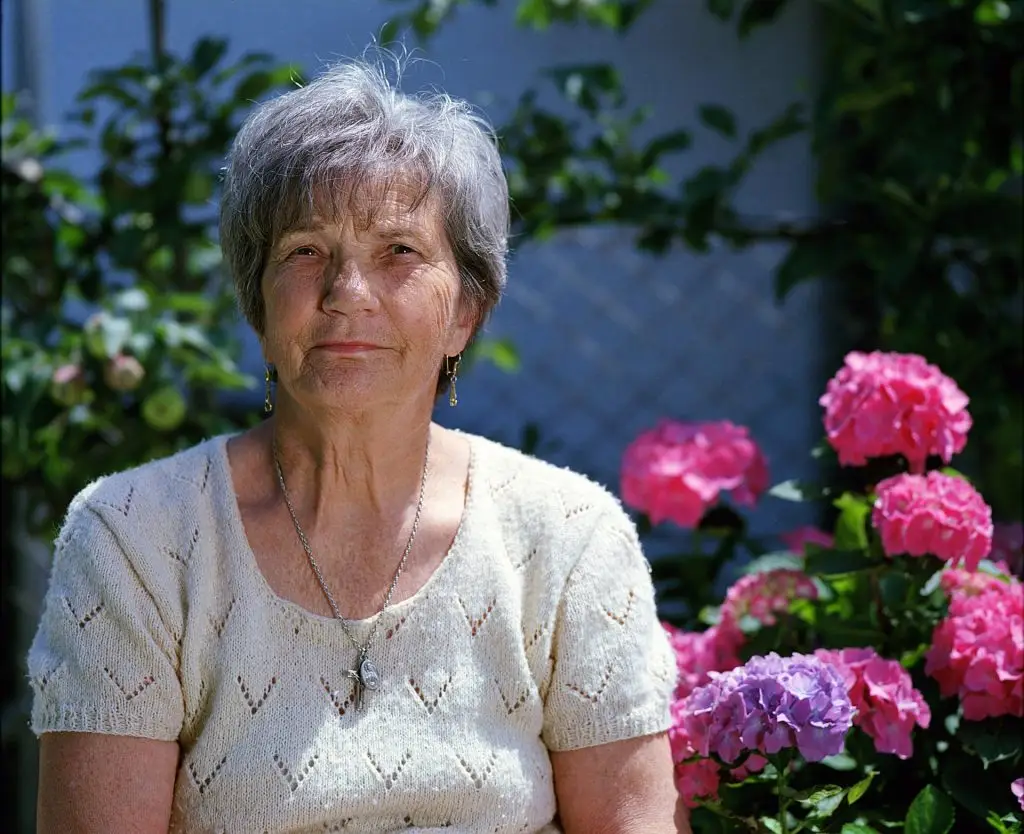
Gray hair is a natural part of the aging process for most people. Over time, the pigment-producing cells in the hair follicles gradually decline. This time leads to a loss leading to the loss of color. The rate at which hair turns gray can vary among individuals. Additionally, genetics play a significant role in this process.
Check out this article on Healthline about ways to increase Melanin in your hair to fight greying HERE
Changes in Texture:
Aging can also bring about changes in hair texture. Some individuals may experience an increase in frizziness or wiriness. Others may notice a loss of curl or an overall change in the pattern of their hair. These changes are often due to alterations in the hair’s protein structure and moisture balance.
By understanding these various hair changes, you gain insights into the specific issues that need to be addressed to revitalize your hair. With targeted strategies and a customized hair care routine, as you take care of your hair you can effectively counteract these changes and restore vitality and youthfulness to your hair.
In the following sections, we will delve into the causes of these hair changes, explore direct causes, and provide you with a comprehensive plan to overcome these issues. With the right approach and proper care, you can have great hair for the rest of your life.
Part 2: Causes that Affect Your Hair and Hair Texture

Introduction
in this section, we will explore the underlying causes behind the hair changes that are experienced as we age. We will discuss factors such as:
- hormonal fluctuations,
- decreased production of essential proteins,
- reduced blood flow to the scalp,
- nutritional deficiencies,
- and the impact of environmental factors.
By having a better understanding of the root causes of hair issues you will be better equipped to make changes. Having a detailed understanding will help you pinpoint the root causes of any issues you’re facing. This will help you to develop a tailored approach to your hair care.
The Root Causes of Your Hair Texture Change:

As you age, your hair undergoes natural transformations that are influenced by several underlying causes. Let’s explore the main factors contributing to hair changes after 60:
Hormonal Changes:
Fluctuations in hormone levels, such as a decrease in estrogen and testosterone, can impact hair growth and quality. These hormonal shifts can contribute to hair thinning and changes in texture.
Reduced Blood Flow to the Scalp:

With age, blood circulation to the scalp may diminish. This decreased blood flow means fewer nutrients and oxygen reaching the hair follicles, leading to weakened hair and slower growth.
Decreased Production of Essential Proteins:
Aging can lead to a decline in the production of proteins like keratin, which are crucial for hair strength and structure. This decline can result in hair becoming more brittle and prone to breakage and you may experience hair loss.
Natural Oil Reduction:
The sebaceous glands, responsible for producing natural oils that moisturize the hair, may produce less oil as we age. This reduction can lead to dryness and lack of moisture in the hair, making it more vulnerable to damage.
Genetic Factors:
Your genetic makeup plays a significant role in determining how your hair changes with age. Some individuals may be genetically predisposed to experience more significant hair thinning, graying, or changes in texture.
Environmental Factors:
External elements like sun exposure, heat styling tools, chemical treatments, and pollutants can contribute to hair damage and exacerbate age-related hair changes. These factors can strip the hair of moisture and weaken its structure.

As you can see, many internal factors will affect your hair and how it looks. In the next section, we will outline a comprehensive plan to overcome these hair issues and help you create hair that is full, grows well, fills in, stops thinning, and looks young and vibrant.
By understanding these underlying causes of hair changes, you can take proactive steps to address and counteract the effects of aging on your hair. Through targeted care, proper nutrition, and adopting healthy hair habits, you can promote better hair health and vitality at any age. Him
Part 3: Overcoming Hair Issues and Creating Vibrant Locks
Internal Deficiencies Due to Aging – How to Overcome Them to help your hair grow.
There are several steps you can take to that will affect the hair and improve the look and feel of your hair. These include:
Essential Nutrients for Your Hair
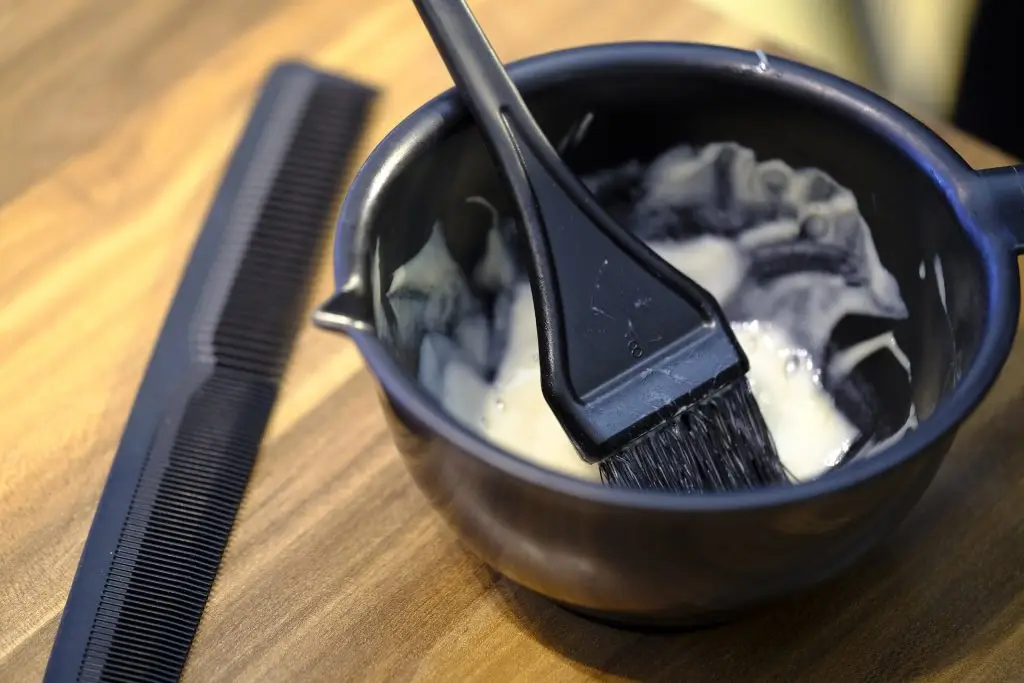
Antioxidants and Omega-3 Fatty Acids
Antioxidants and omega-3 fatty acids are essential for healthy hair growth. Antioxidants help protect your hair from damage caused by free radicals, which can lead to premature aging. Omega-3 fatty acids help nourish your hair and scalp, promoting healthy hair growth.
To get these nutrients, make sure to include plenty of fruits, vegetables, nuts, and fatty fish in your diet. You can also take supplements like vitamin E, vitamin C, and fish oil to boost your antioxidant and omega-3 intake.
Hyaluronic Acid and Retinol
Hyaluronic acid and retinol are two powerful ingredients that can help reverse the signs of aging in your hair. Hyaluronic acid helps improve the elasticity and hydration of your hair, while retinol helps stimulate hair growth and improve the overall health of your scalp.

You can find hair care products that contain hyaluronic acid and retinol, or you can apply them directly to your hair and scalp. Look for serums and hair masks that contain these ingredients for maximum benefits.
Collagen and How to Boost Its Production
Collagen is a protein that gives your hair its strength and elasticity. As you age, your body produces less collagen. This can lead to thinning hair and breakage. To boost collagen production, you can try the following:
- Eating a diet rich in protein, vitamin C, and antioxidants
- Taking collagen supplements
- Using hair products that contain collagen
Utilizing a Proper Hair Care Routine:

Establishing a proper hair care routine is essential for maintaining healthy and vibrant hair. Here are some key steps to include if you want your hair to keep looking vibrant and full. :
Gentle Cleansing:
Use a mild shampoo specifically formulated for aging hair to avoid stripping away natural oils. Massage the scalp gently to stimulate blood circulation and promote hair growth.
Moisturizing:
Follow up with a moisturizing conditioner to hydrate and nourish your hair. Focus on the lengths and ends while avoiding the scalp to prevent excess oiliness.

Scalp Care:
Pay attention to your scalp’s health by incorporating scalp care into your routine. Regularly exfoliate to remove buildup and stimulate follicles. Consider using a scalp tonic or massaging essential oils into the scalp to enhance blood flow.
Nutritional Support:
A healthy diet plays a crucial role in hair health. Ensure you’re getting the following nutrients to support vibrant hair growth:
Protein:
Include lean meats, fish, eggs, legumes, and dairy products to provide the necessary protein for hair strength and growth.
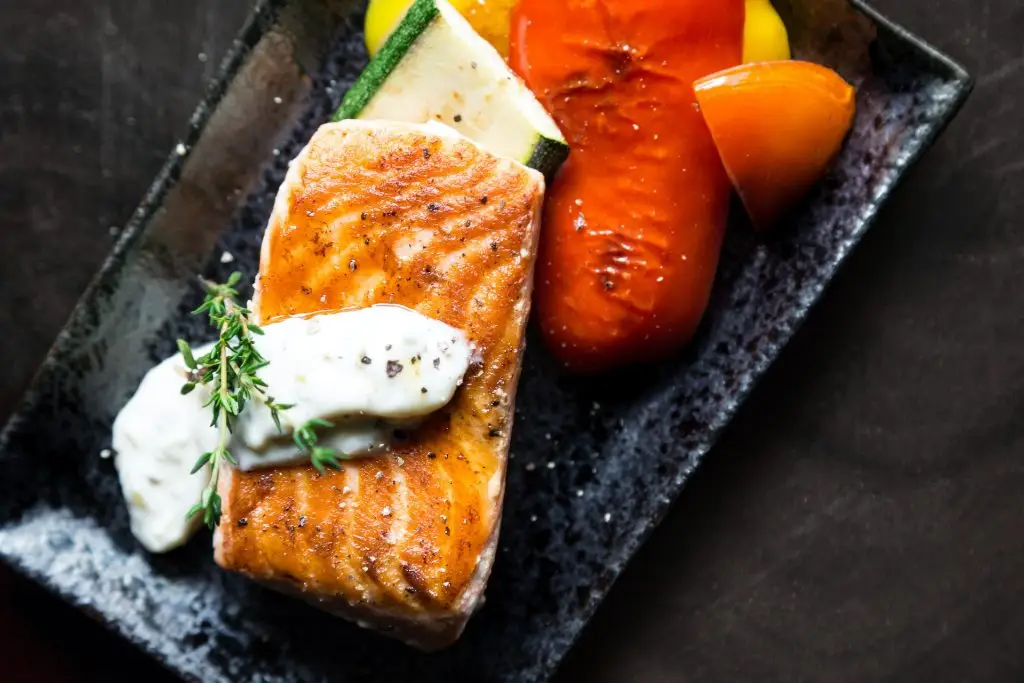
Omega-3 Fatty Acids:
Consume foods rich in omega-3 fatty acids like fatty fish, chia seeds, and walnuts to nourish the scalp and promote hair thickness.
Vitamins and Minerals:
Incorporate a variety of fruits, vegetables, and whole grains to obtain essential vitamins (such as A, C, and E) and minerals (such as zinc, iron, and biotin) that support hair health.
Use of Topical Anti-Aging Products
In addition to cosmetic procedures, you can also use topical anti-aging products to help rejuvenate your hair. Retinoids are a type of vitamin A that can help improve the appearance of fine lines and wrinkles. When applied topically to your scalp, retinoids can help improve the health of your hair follicles and promote hair growth.
Other anti-aging products that can help rejuvenate your hair include shampoos and conditioners that contain biotin, keratin, and collagen. These ingredients can help strengthen your hair and improve its overall appearance.
In conclusion, there are many options available to seniors who are looking to rejuvenate their hair. Whether you’re considering surgical or non-surgical options, or simply looking to use topical anti-aging products, there’s a solution out there that can help you achieve your desired results.
Lifestyle Adjustments: Lifestyle Changes to Care For Your Hair
a. Stress Reduction: Practice stress management techniques like meditation, yoga, or engaging in hobbies to reduce stress levels. Excessive stress can contribute to hair loss and poor hair health.
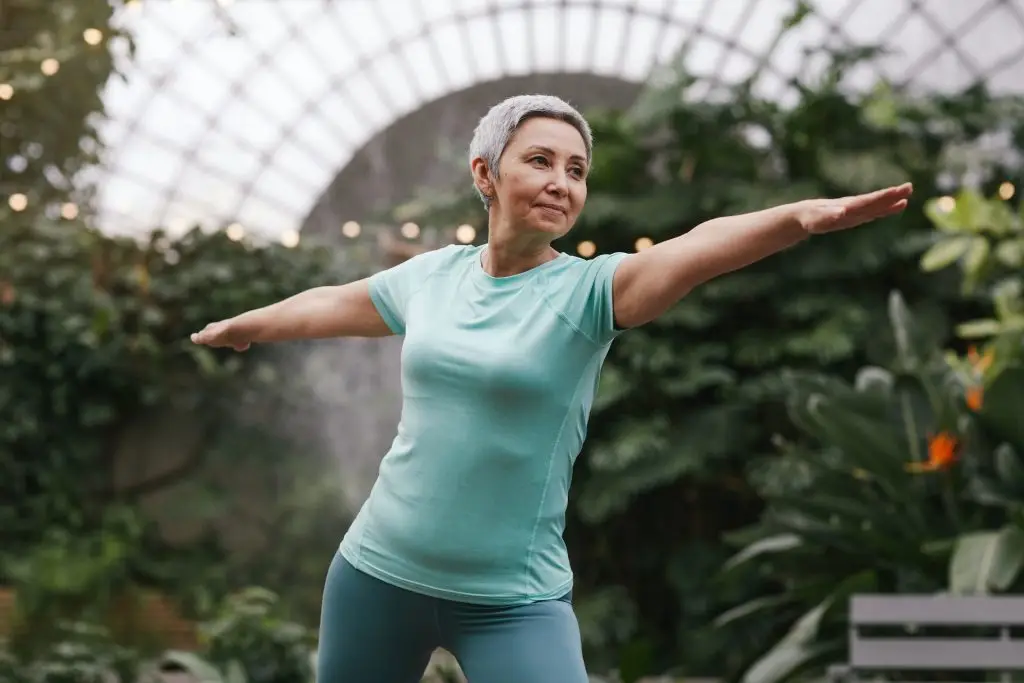
b. Regular Exercise: Engage in regular physical activity to improve blood circulation, which promotes hair growth. Aim for activities that increase your heart rate and get you sweating.
c. Adequate Sleep: Ensure you’re getting enough quality sleep as it is essential for overall health, including hair health. Create a calming bedtime routine and aim for 7-8 hours of uninterrupted sleep each night.
Check out our article: “Sleep Well, Age Well: How to Enhance Sleep Quality in Your 50s and Beyond” This can help you improve your sleep, which can also help your hair. You can find the article HERE
Bonus – Styling Techniques:
Choose styling techniques that add volume, manageability, and minimize damage:
a. Gentle Heat Styling: Limit the use of heated styling tools and always apply a heat protectant spray before styling. Opt for lower heat settings to minimize damage and avoid tight hairstyles that pull on the hair.
b. Protective Hairstyles: Embrace protective hairstyles like braids, buns, or twists that reduce manipulation and protect the ends from damage. Use hair-friendly accessories like scrunchies or satin hair ties.
c. Suitable Haircuts: Consider haircuts that add volume and texture, such as layers or a shorter length that enhances body and movement. Consult with a professional stylist for a cut that suits your hair type and face shape.
Check out this article “60 Great Hairstyles for Women over 60” HERE
Targeted Treatments:
Incorporate specialized treatments into your routine to nourish and repair your hair:
Hair Masks:
Use deep-conditioning hair masks once or twice a week to provide intense hydration and restore moisture to dry and brittle hair.
Serums and Moisturizers

Serums and moisturizers can help keep your hair hydrated and healthy. Serums are lightweight and penetrate deep into the hair shaft, while moisturizers are thicker and provide a protective barrier. When using these products, it’s important to choose ones that are specifically designed for your hair type and needs. Here are some tips:
- Use a serum or moisturizer after washing your hair
- Apply the product from the mid-shaft to the ends of your hair
- Don’t apply too much, as it can weigh your hair down
Apply lightweight serums or oils to the ends of your hair to combat frizz, add shine, and protect against environmental damage. Look for ingredients like argan oil, jojoba oil, or coconut oil.
Scalp Treatments:
Consider using scalp treatments that contain ingredients like tea tree oil or peppermint oil to promote scalp health, balance oil production, and reduce inflammation.
Closing Thoughts
By implementing these strategies into your hair care routine and making lifestyle adjustments, you’ll be on your way to achieving vibrant and healthy hair after 60. Remember, consistency and patience are key. Results may take time, but with dedication, you’ll start noticing improvements in the overall condition of your hair.

Additionally, it’s important to embrace your natural beauty and celebrate the uniqueness of your hair. Aging hair may have different characteristics and textures, but that doesn’t mean it can’t be beautiful and full of life. Embrace the changes and experiment with hairstyles and products that enhance your natural hair.
Finally, don’t hesitate to seek professional advice. A hairstylist or trichologist can provide personalized recommendations based on your specific hair concerns and goals. They can suggest suitable products, hairstyles, or even treatments like scalp massages or professional hair treatments that can further support your hair’s health.
Remember, everyone’s hair is unique, and what works for one person may not work for another. Be open to trying different approaches and products until you find the ones that work best for you. With the right care and attention, your hair can look and feel better than ever, allowing you to embrace your beautiful locks and feel confident at any age.
Now, armed with these strategies and a positive mindset, you’re ready to embark on your journey to achieve vibrant, full, and youthful-looking hair. Embrace the changes, adapt your routine, and enjoy the transformation as you create the hair you’ve always desired.
Here’s to a future of amazing hair that makes you look and feel your best!

